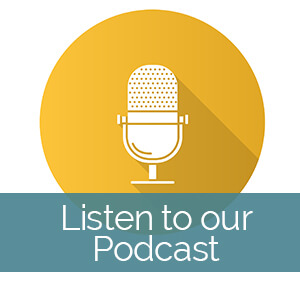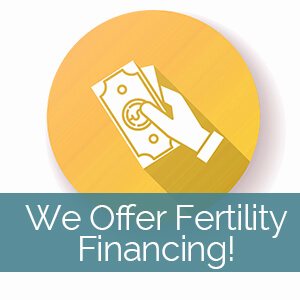Ovarian hyperstimulation syndrome can be a serious side effect of fertility treatment
The medications used to stimulate your ovaries to make eggs grow during an in vitro fertilization cycle may also cause side effects. Excessive stimulation of the ovaries is called ovarian hyperstimulation syndrome, or OHSS. Women with OHSS have a large number of growing egg follicles along with high estradiol levels. This leads to fluid leaking into the abdomen (belly), which can cause bloating, nausea, and swelling of the abdomen.
Ovarian hyperstimulation syndrome’s side effects can range from mild to severe. It is not uncommon to have mild symptoms. One out of three women has symptoms of mild OHSS during controlled ovarian stimulation for in vitro fertilization. Moderate to severe symptoms are less common and may occur several days after embryo transfer. Severe symptoms include dehydration, shortness of breath, acute pressure, swelling and pain in the abdomen, vomiting, and the inability to drink fluids. Be aware of your body changes and contact your Fertility Answers nurse if you have any questions or concerns.
How is ovarian hyperstimulation syndrome treated?
OHSS can be serious, so careful monitoring and managing the symptoms are important whenever it occurs. Office visits for ultrasound exams to measure the ovaries and fluid in the abdomen, and blood tests, are routinely done. We recommend decreased activity and drinking lots of electrolyte-rich fluids (over 120 ounces per day) are recommended. Medicines for nausea can also be prescribed.
Severe symptoms may require a hospital visit to drain the fluid from your abdomen. Drainage of fluid using a syringe can provide significant relief in most cases. On occasion, more than one drainage is helpful. A medicine called cabergoline also can reduce the fluid accumulation.
If your OHSS symptoms do not improve with outpatient care, you may be treated in the hospital with close monitoring. Severe complications may include dehydration and increased pressure in your abdomen from too much fluid. In these rare cases, your doctor may order intravenous (IV) fluids and medicines for nausea and may remove fluid from the abdomen.
How long can symptoms last?
OHSS symptoms usually appear a few days after ovulation. Symptoms usually resolve within two weeks, unless pregnancy occurs. If your period starts, you will likely begin to feel better. Pregnant women often continue to have symptoms for 2-3 weeks or more after a positive pregnancy test. The symptoms gradually go away, and the rest of the pregnancy is not affected. In some cases, it may take up to 10 weeks for all of your symptoms to resolve.
Signs of ovarian hyperstimulation syndrome
Severe complications of ovarian hyperstimulation syndrome can usually be avoided by recognizing the symptoms of the onset of excessive response to the medicines you are taking to stimulate your ovaries. You should notify your Fertility Answers team if you experience any of these symptoms:
- Difficulty breathing
- Continued vomiting or nausea
- Difficulty tolerating fluids
- Abdominal swelling
- Decreased urination
- Weight gain of over 3 pounds in 2 days
- Sudden onset of abdominal pain
- Other symptoms such as facial numbness, weakness, lower extremity swelling, or redness
To monitor your status and to detect early severe hyperstimulation syndrome, pay attention to your body and how you feel. It may also help to measure your weight (no shoes and use the same scale) at the same time each day beginning after your hCG shot so that you have an accurate baseline.
Ovarian stimulation for IVF is clearly an important step on your journey to welcome a healthy baby. Your Fertility Answers team is available should you experience any symptoms you feel are out of the ordinary during your IVF stimulation protocol.



